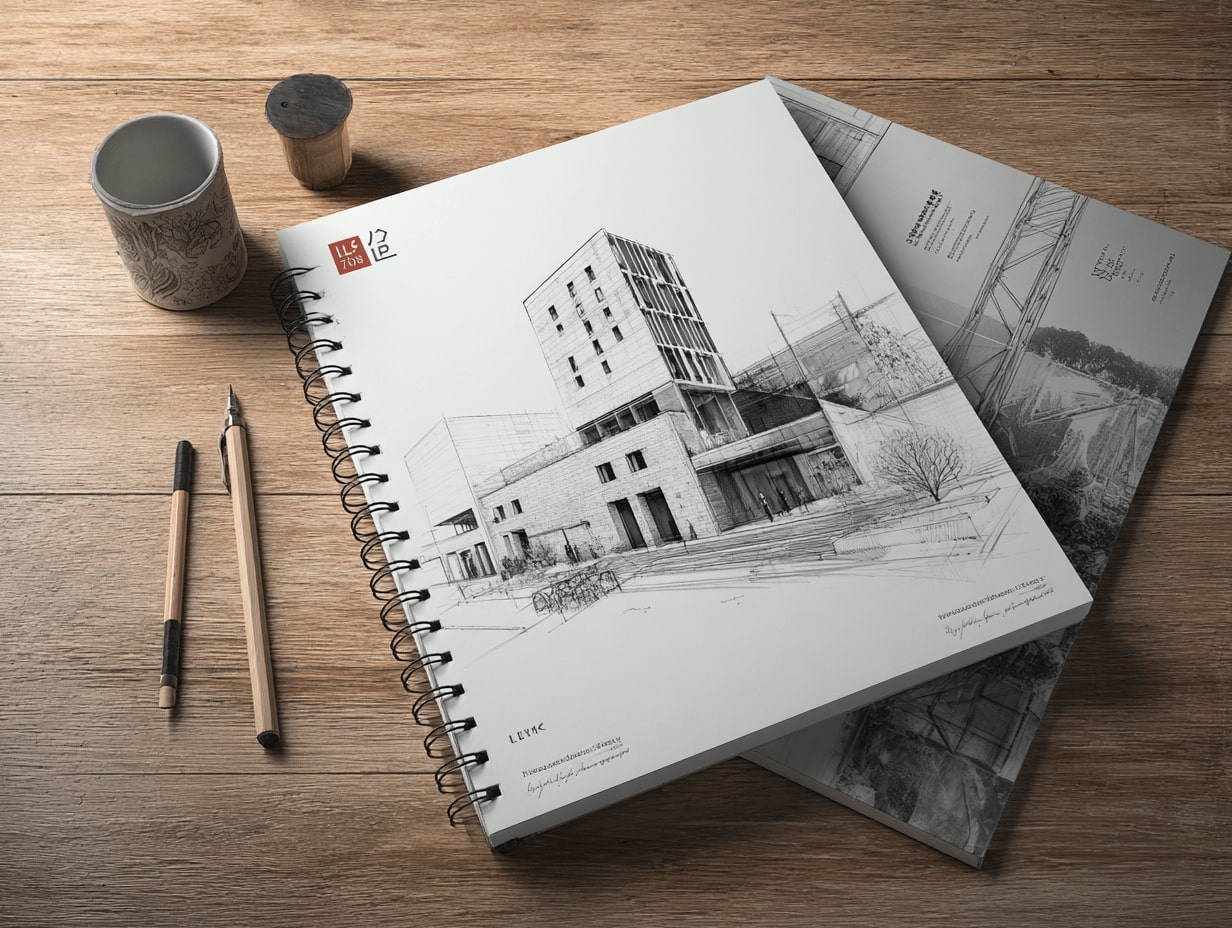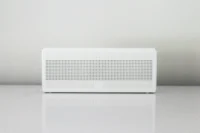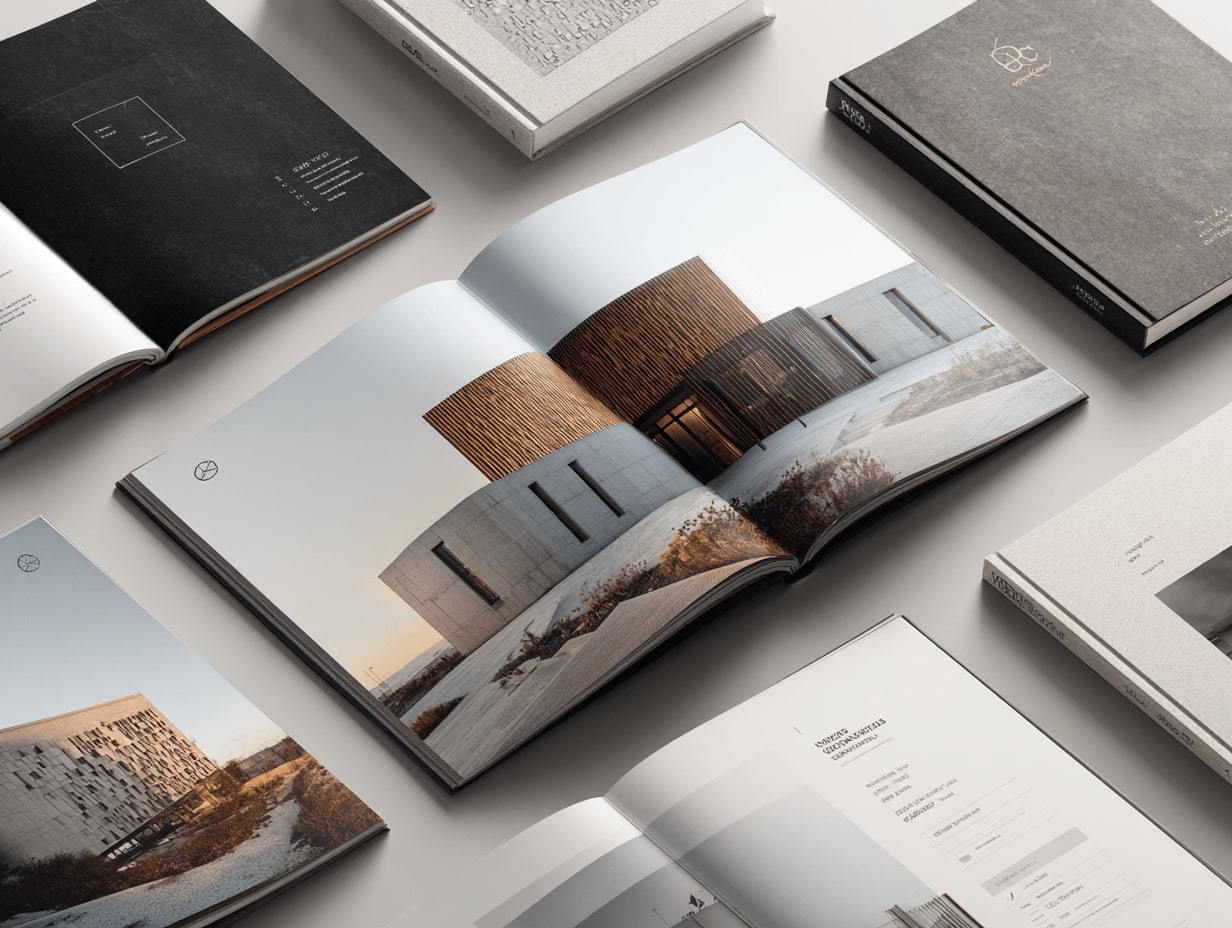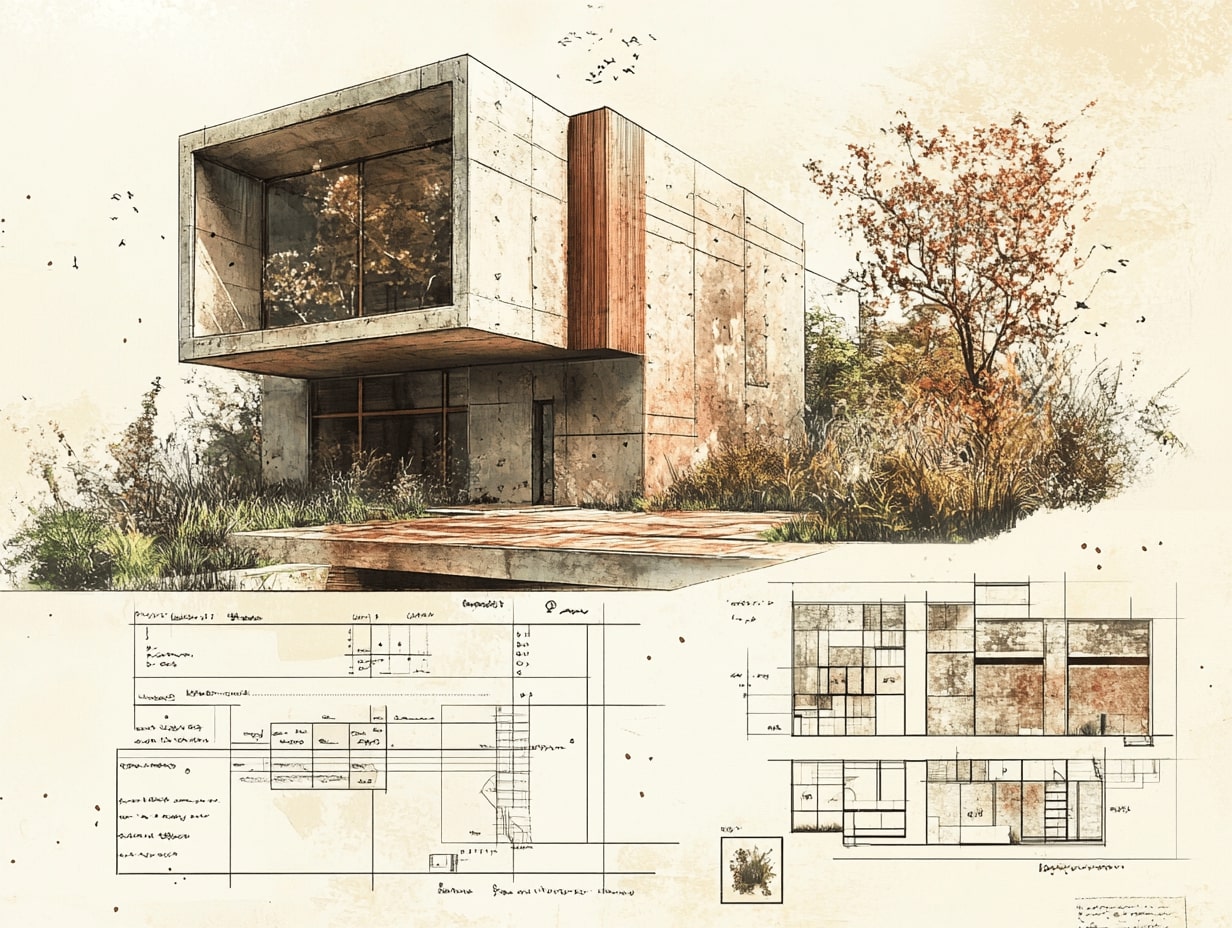- Home
- Articles
- Architectural Portfolio
- Architectral Presentation
- Inspirational Stories
- Architecture News
- Visualization
- BIM Industry
- Facade Design
- Parametric Design
- Career
- Landscape Architecture
- Construction
- Artificial Intelligence
- Sketching
- Design Softwares
- Diagrams
- Writing
- Architectural Tips
- Sustainability
- Courses
- Concept
- Technology
- History & Heritage
- Future of Architecture
- Guides & How-To
- Art & Culture
- Projects
- Interior Design
- Competitions
- Jobs
- Store
- Tools
- More
- Home
- Articles
- Architectural Portfolio
- Architectral Presentation
- Inspirational Stories
- Architecture News
- Visualization
- BIM Industry
- Facade Design
- Parametric Design
- Career
- Landscape Architecture
- Construction
- Artificial Intelligence
- Sketching
- Design Softwares
- Diagrams
- Writing
- Architectural Tips
- Sustainability
- Courses
- Concept
- Technology
- History & Heritage
- Future of Architecture
- Guides & How-To
- Art & Culture
- Projects
- Interior Design
- Competitions
- Jobs
- Store
- Tools
- More
Essential Tips for a Good Architecture Portfolio to Impress Employers and Clients
Unlock your architectural potential with our essential tips for crafting a standout portfolio! Whether you're a student or a seasoned pro, learn how to effectively showcase your skills and creativity to attract employers. From strategic project selection to captivating visuals and tailored presentations, this article provides valuable insights to enhance your professional journey.

Crafting an impressive architecture portfolio is crucial for showcasing our skills and creativity. Whether we’re students or seasoned professionals, a well-designed portfolio can open doors to exciting opportunities in the competitive world of architecture. It’s our chance to make a lasting impression and demonstrate our unique design philosophy.
In this article, we’ll explore essential tips to help us build a standout portfolio that reflects our vision and expertise. From selecting the right projects to organizing our work effectively, we’ll cover strategies that resonate with potential employers and clients. Let’s dive into the key elements that can elevate our portfolios and set us apart in the architectural landscape.

Table of Contents
ToggleUnderstanding the Importance of a Well-Crafted Portfolio
A well-crafted architecture portfolio serves as a vital tool for demonstrating our abilities and creativity. It communicates our design philosophy and showcases our best work effectively. A portfolio doesn’t just compile projects; it tells a story that can attract potential employers or clients.
Clarity in presentation enhances the viewer’s experience. We should prioritize organization, ensuring that each project flows logically to highlight our strengths. Consistent formatting across projects reinforces professionalism, making our portfolio more appealing.
Visual appeal is crucial as well. High-quality images, clear graphics, and engaging layouts grab attention. Well-placed captions provide context and invite viewers to explore our design intent.
Tailoring our portfolios for specific opportunities increases relevance. We align selections with prospective employers’ values and project types, making our expertise apparent. This customization emphasizes our genuine interest in the role and enhances our chances of standing out.
Highlighting a diverse range of projects reflects versatility and adaptability. By showcasing different styles, scales, and complexities, we demonstrate our ability to tackle various challenges in architecture.
A thoughtfully curated portfolio showcases our skills, enhances our credibility, and significantly impacts our professional journey in the architecture field.
Essential Elements of a Good Architecture Portfolio
A strong architecture portfolio combines visual elements and detailed descriptions to effectively showcase our skills. Focusing on high-quality visuals and clear project descriptions enhances overall impact.

High-Quality Visuals
We must include high-quality visuals that capture attention and convey design intent. Use professional-grade photographs or renderings to showcase projects. Aim for clarity and resolution, ensuring images are sharp and well-composed. A cohesive color palette across visuals reinforces brand identity. Incorporate various formats, such as plans, sections, and elevations, to provide a comprehensive view of our designs. Organizing images into a logical sequence maintains narrative flow and keeps viewers engaged.
Clear Project Descriptions
We need to write clear project descriptions that effectively communicate concepts and objectives. Begin with a concise overview including project type, location, and purpose. Highlight our roles and contributions, emphasizing unique design solutions and methodologies. Use bullet points for key features and achievements to make information digestible. Avoid jargon to ensure wider accessibility, making descriptions relatable to diverse audiences. Each project narrative should reflect our design philosophy, fostering connections with potential employers and clients.
Tailoring Your Portfolio to Your Audience
Tailoring our architecture portfolios to specific audiences enhances our chances of making a strong impression. Understanding the needs and expectations of potential employers or clients guides the selection and presentation of our work.

Researching Potential Employers
Researching potential employers informs our portfolio design. We should examine the firm’s projects, values, and aesthetics. Analyzing their website, social media, and current work helps us identify the styles and types of projects they prioritize. By aligning our portfolio with their values and showcasing similar projects, we convey our fit for the organization.
Highlighting Relevant Experience
Highlighting relevant experience strengthens our portfolio’s impact. We should showcase projects that align with the prospective employer’s focus, whether residential, commercial, or sustainable design. Including descriptions of our roles, responsibilities, and contributions illustrates our capabilities. By connecting our experiences to the employer’s specific areas of interest, we demonstrate our suitability and readiness for future projects.
Presentation and Layout Tips
Crafting an impressive architecture portfolio involves careful consideration of presentation and layout. We must ensure clarity and visual appeal to effectively communicate our skills and creativity.

Choosing the Right Format
Selecting the appropriate format sets the foundation for our portfolio. We can consider these options:
- Digital Portfolios: Use PDF or online platforms for accessibility and easy sharing. Digital formats often support interactive elements, enhancing engagement.
- Physical Portfolios: Print high-quality images on sturdy paper for interviews or exhibitions. Physical portfolios offer a tactile experience that can impress potential employers.
- Hybrid Formats: Combine digital and physical formats to maximize versatility. This allows adaptability for different contexts, such as virtual submissions and in-person interviews.
Organizing Projects Effectively
Organizing projects is essential to guide viewers through our narrative. We can follow these strategies:
- Clear Categorization: Group projects by type, style, or theme. This helps employers quickly find relevant works that align with their interests.
- Logical Sequence: Arrange projects in a coherent flow, starting with impactful designs. Highlight key projects first to capture attention and establish our expertise.
- Consistent Formatting: Use uniform styles for captions, fonts, and layouts. This professionalism enhances readability and reinforces our brand.
- Contextual Descriptions: Provide concise descriptions for each project, detailing objectives, our roles, and outcomes. Avoid jargon to maintain clarity for a diverse audience.
By focusing on these elements, we create a portfolio that effectively showcases our skills, engages viewers, and increases our chances of success in the competitive architecture field.
Digital vs. Print Portfolios
Both digital and print portfolios serve to showcase our work, each offering unique advantages and disadvantages. Understanding these can help us choose the best format for our needs.

Pros and Cons of Each Format
Digital Portfolios:
- Accessibility: Digital portfolios can be accessed anytime, anywhere; sharing via email or online platforms enhances reach.
- Versatility: We can easily update our digital portfolios as projects evolve or new content emerges.
- Interactive Elements: Incorporating videos, animations, and hyperlinks allows for a more engaging presentation of our work.
- Cost-effective: Digital formats eliminate printing and shipping costs associated with physical portfolios.
Cons:
- Screen fatigue: Viewers may struggle with long digital portfolios, leading to decreased engagement.
- Technical Issues: We might face compatibility problems across devices or platforms, impacting presentation effectiveness.
Print Portfolios:
- Tangible Experience: Physical portfolios provide a tactile element that can create a memorable impact during interviews or presentations.
- Focused Attention: Viewers are less likely to multitask when engaging with a print piece, enhancing focus on our work.
- Presentation Flexibility: Print portfolios can be tailored for specific events or audiences, allowing for greater personalization.
- Limited Distribution: Sharing print portfolios requires additional resources like printing and shipping.
- Static Content: Updating a print portfolio is more labor-intensive and less instantaneous compared to digital versions.
Best Practices for Digital Portfolios
- Use High-Quality Visuals: Ensure all images and videos are high resolution to maintain a professional appearance.
- Organize Content Logically: Present projects in a way that tells a cohesive story, guiding viewers through our design journey.
- Include Clear Descriptions: Project descriptions should be concise, outlining objectives, roles, and contributions without jargon that might confuse viewers.
- Optimize for Devices: Design for various screen sizes and devices to ensure a seamless experience across platforms.
- Be Search Engine Friendly: Use descriptive titles, tags, and keywords to improve discoverability in search engines.
- Regularly Update Content: Keep the portfolio fresh by adding new projects and removing outdated material to reflect our current skills and focus areas.
Conclusion
Creating a standout architecture portfolio is crucial for showcasing our skills and landing exciting opportunities. We must focus on strategic project selection, ensuring it aligns with our design philosophy and the expectations of potential employers. Clarity and organization elevate our presentation, making it easier for viewers to understand our narrative.
High-quality visuals, such as professional photographs and well-executed renderings, should dominate our portfolio. Engaging layouts grab attention, while concise project descriptions outline our creative process and contributions without overwhelming the audience with jargon.
Customizing our portfolio for specific audiences enhances our chances of success. Researching employers helps us tailor our content and present relevant experiences, whether in residential, commercial, or sustainable design.
Choosing the right format remains essential. Digital portfolios offer versatility, while print portfolios provide tangible interactions. We must stay mindful of the benefits and limitations of each, ensuring our choice aligns with our target audience’s needs.
A well-crafted architecture portfolio not only highlights our competencies but also strengthens our credibility, significantly influencing our professional journey in architecture.
- Architecture Portfolio Design
- architecture portfolio for clients
- architecture portfolio for employers
- architecture portfolio for job interviews
- architecture portfolio format
- architecture portfolio guidelines
- architecture portfolio layout ideas
- architecture portfolio presentation tips
- architecture portfolio projects to include
- architecture portfolio size recommendations
- architecture portfolio tips
- architecture resume and portfolio
- best architecture portfolio examples
- creating a strong architecture portfolio
- digital architecture portfolio examples
- how to create an architecture portfolio
- how to make an architecture portfolio stand out
- how to organize architecture portfolio
- tips for impressive architecture portfolio
- what to include in an architecture portfolio
Submit your architectural projects
Follow these steps for submission your project. Submission FormLatest Posts
Digital Marketing: The New Portfolio for Showcasing Skills and Attracting Opportunities
Discover how digital marketing has revolutionized the traditional portfolio in today's fast-paced...
How to Stage a House for an Architectural Portfolio Shoot
A house might look beautiful in person, but through a lens? That’s...
The Process Behind a Successful Architecture Portfolio: Tips for Design and Presentation
Discover the art and strategy behind building a standout architecture portfolio. Learn...
The Evolution of an Architecture Student Portfolio: From Paper Presentation to Digital Identity
Setting the Stage SpeedyPaper stands out as a quick fix for students...












Leave a comment